Dealing with the loss of someone near and dear to you can be a harrowing experience in and of itself.
Obviously, morticians do understand that this is a sensitive time.
Here’s a list of the things they do behind-the-scenes while helping you through this difficult time.
1. Bring Colour To Skin
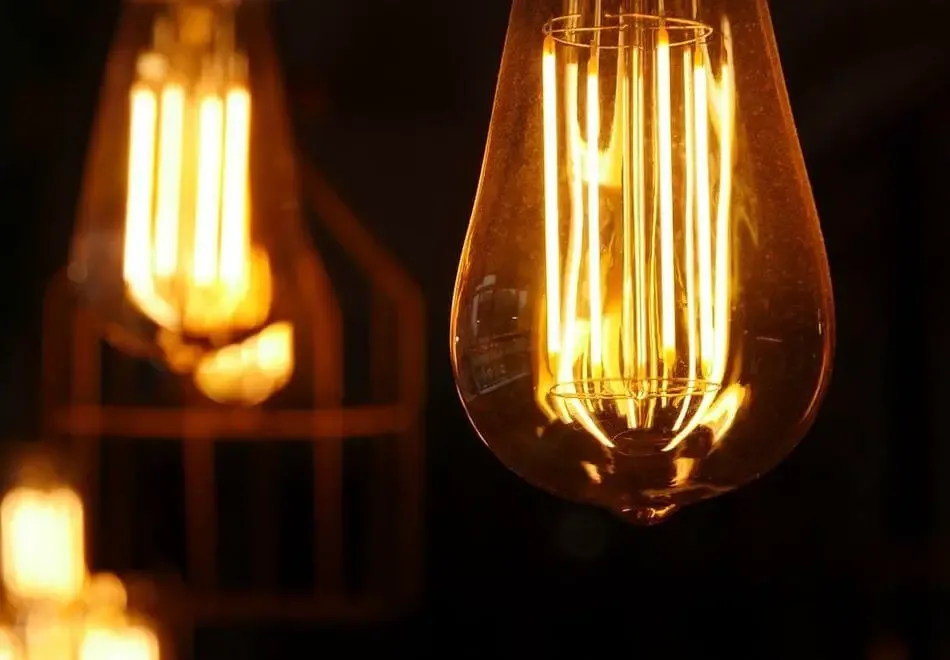
mage Credit: Pixabay – aleksejh
Much of the redness on the body fades after death, leaving your loved ones with a grey tone to their skin.
While the embalming process helps return some of that color, most of the trickery is done via colored gels applied to stage lighting.
2. Create Peaceful Expressions
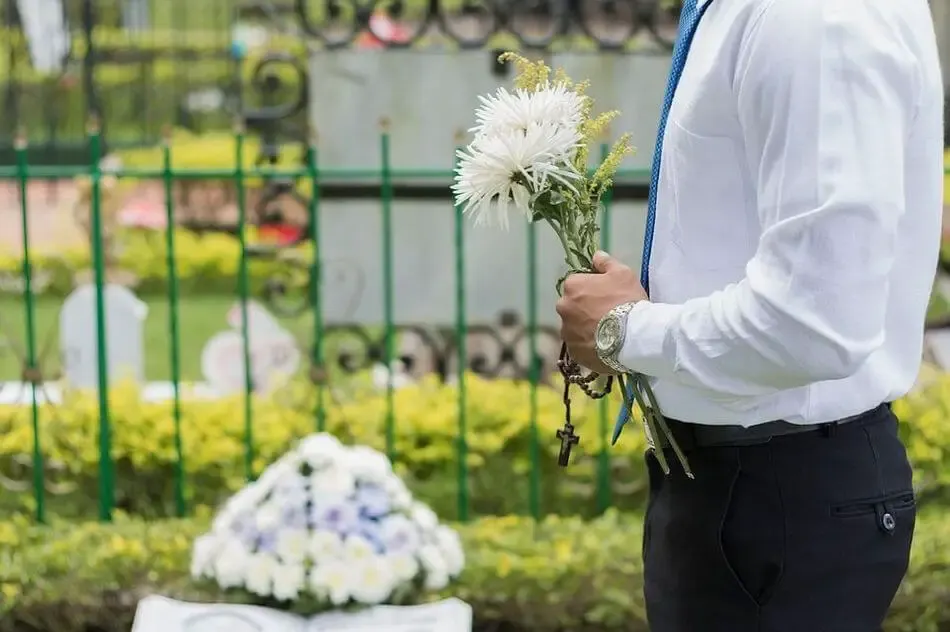
Image Credit: Pixabay – Joaph
To achieve this, funeral directors will stuff throats and noses with cotton, then sew shut the mouth.
They will also place spiked cups under the cadaver’s eyelids to keep them closed and prevent them from caving in.
3. Keep Things Shut
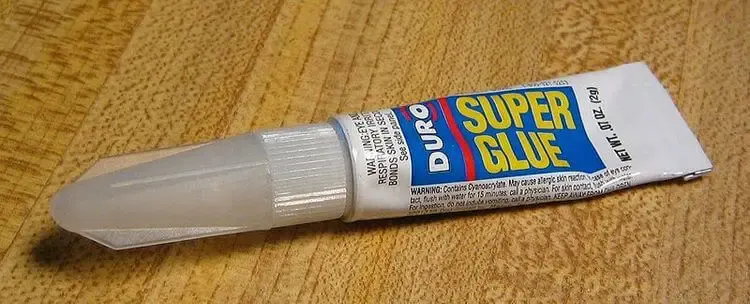
Image Credit: Wikimedia Commons – Omegatron
Body parts such as eyelids and mouths are often glued shut to assist in creating the expression of someone who is sleeping gently.
Superglue is also used to seal shut wounds and other openings in the skin in a manner that has much smoother results compared to using sutures.
4. Unseal Caskets
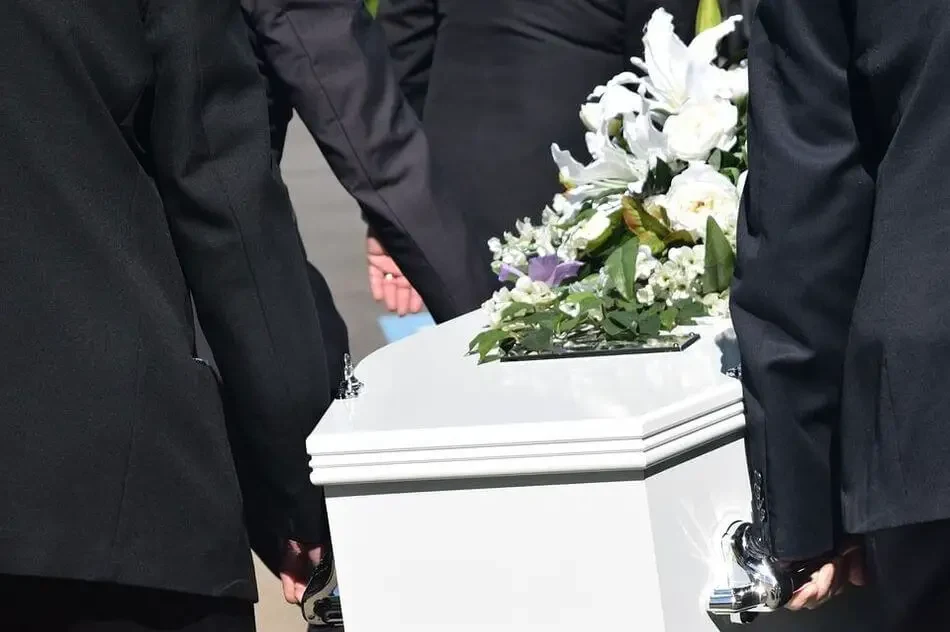
Image Credit: Pixabay – CarolynABooth
Vacuum-sealed caskets are increasingly popular, due to the assumption that this will protect the bodies of loved ones.
Unfortunately, the decay of the corpse will cause methane gas to build up inside, turning the casket into a ticking time bomb.
Funeral directors will unseal the caskets to prevent this from happening after the family leaves.
5. Remove Metallic Parts
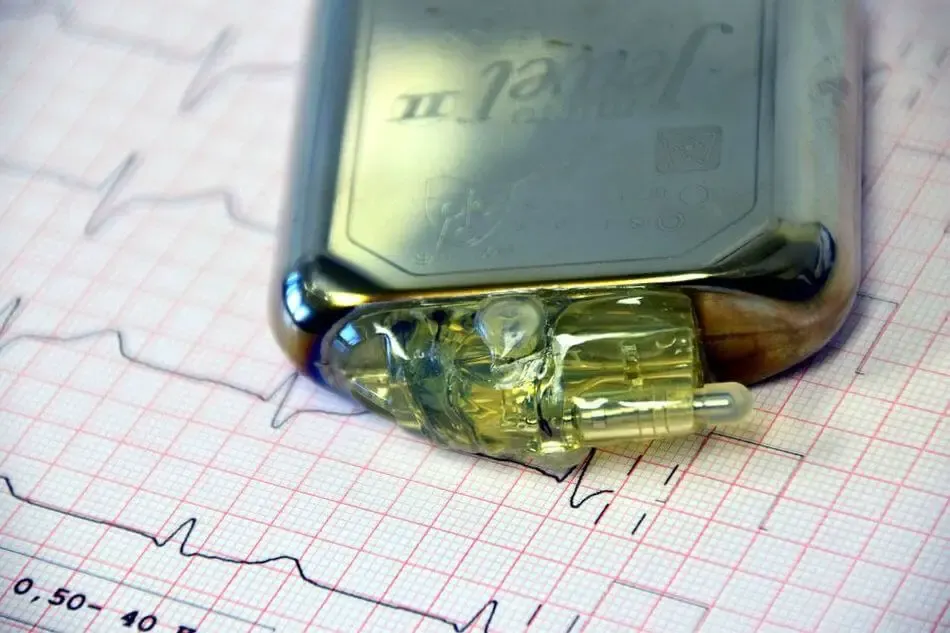
Image Credit: Pixabay – Ulleo
Medical devices such as a pacemaker are removed prior to cremation of the body. Upon request, surgical implants such as metal joint replacements will be returned to the family.
Otherwise, it is usually melted down to be remade into street signs.
6. Dispose Funeral Waste
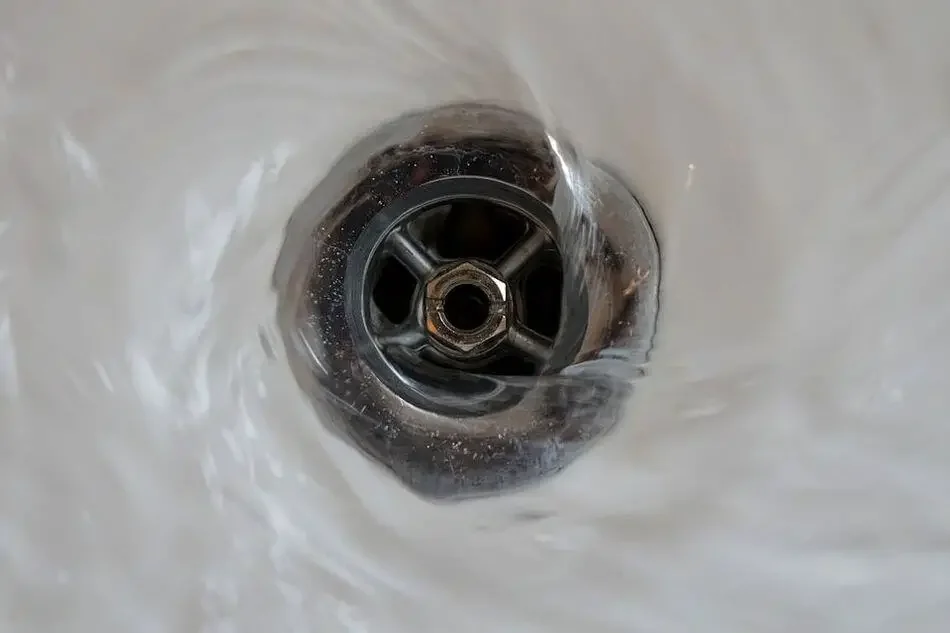
Image Credit: Pixabay – Semevent
Despite what you may think, there are no special procedures to dispose of waste created by embalming.
Industry standard is to simply dispose of liquids such as bodily fluids and formaldehyde down the sink, where it is filtered by water treatment plants the conventional way.
7. Discreetly Transport Bodies

Image Credit: Pixabay – Public Domain Pictures
Hearses are only used for ceremonies.
Instead, the body of your loved one is often simply transported in an inconspicuous van.
8. Handle Burial Regulations
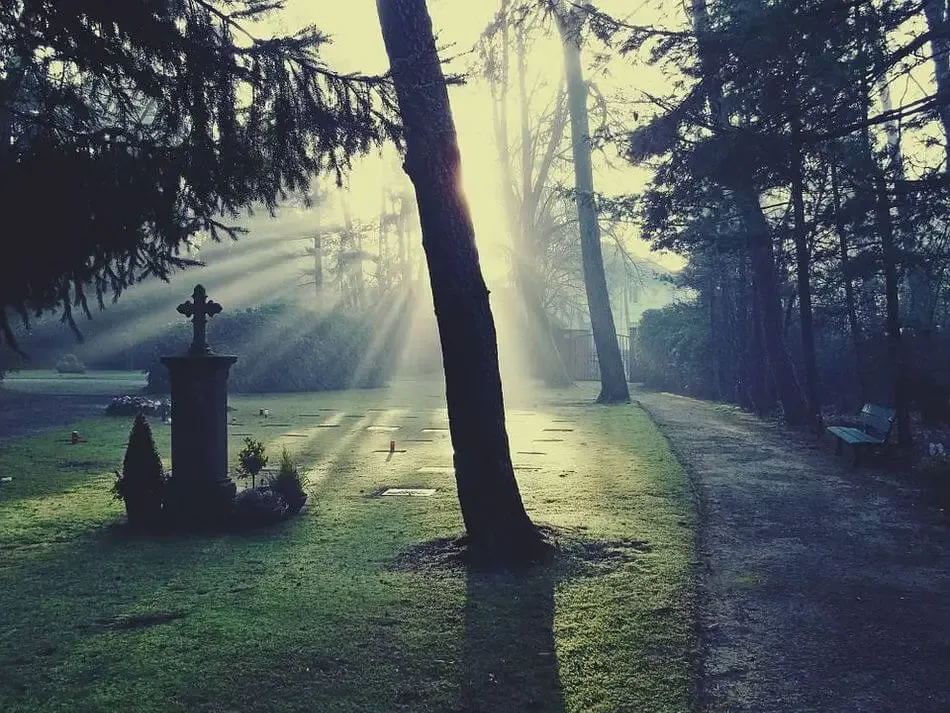
Image Credit: Pixabay – Joggie
As romantic as the idea of some burial locations may be, local regulations often make this impossible.
Instead, funeral directors suggest workarounds that will get the burial as close as possible to the family’s original wishes.
9. Provide Free Funerals For Stillborns Or Young Children
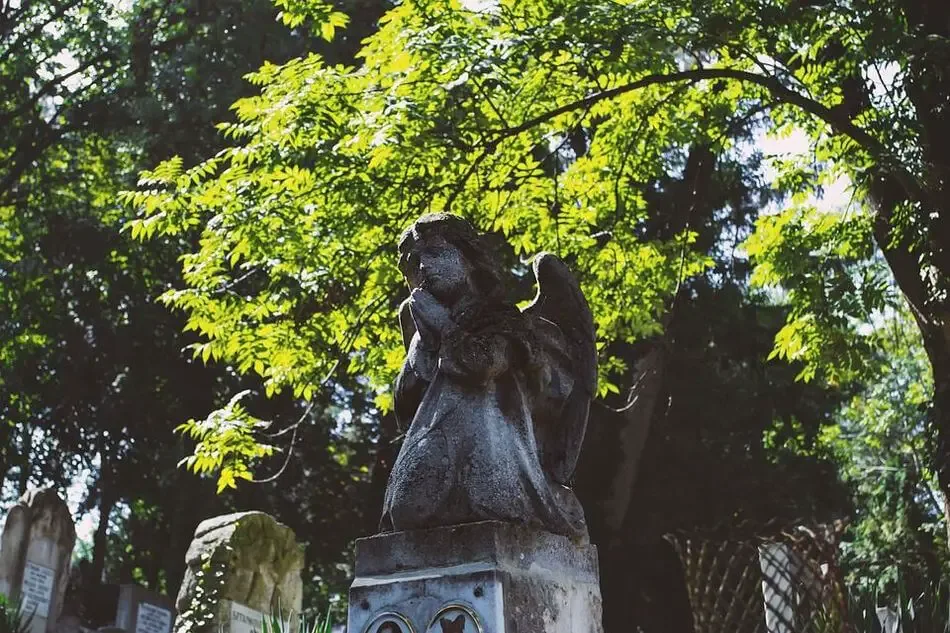
Image Credit: Pixabay – Freestocks-photos
The loss of a young child or a baby can already be heart-wrenching itself.
Luckily, the funeral industry traditionally will bear the cost of the funeral for such children.
This can be a relief to many parents, and there are plenty of organizations who are willing to step in to pay for any remaining costs that might exist.
10. Make Outfits Fit
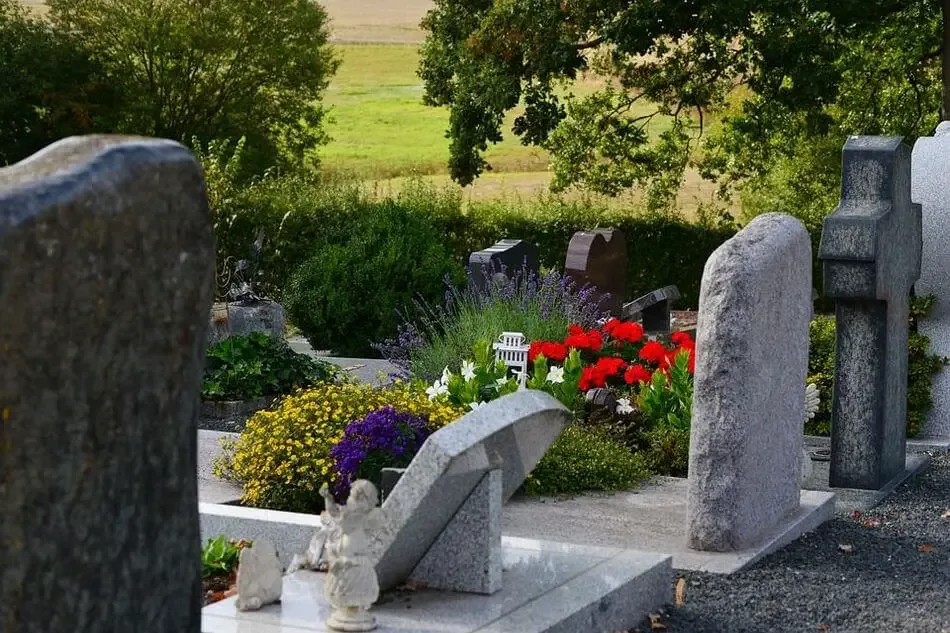
Image Credit: Pixabay – Congerdesign
Thanks to some trickery and sleight of hand, morticians can make an outfit appear as if it fits the body.
If your loved one has a favorite outfit that they, unfortunately, can’t quite fit anymore, there isn’t any harm in bringing it along to see if they can be made to appear in it anyway.
At the end of the day, funeral directors understand that this is a sensitive moment, and will do their best to help you in any way.
